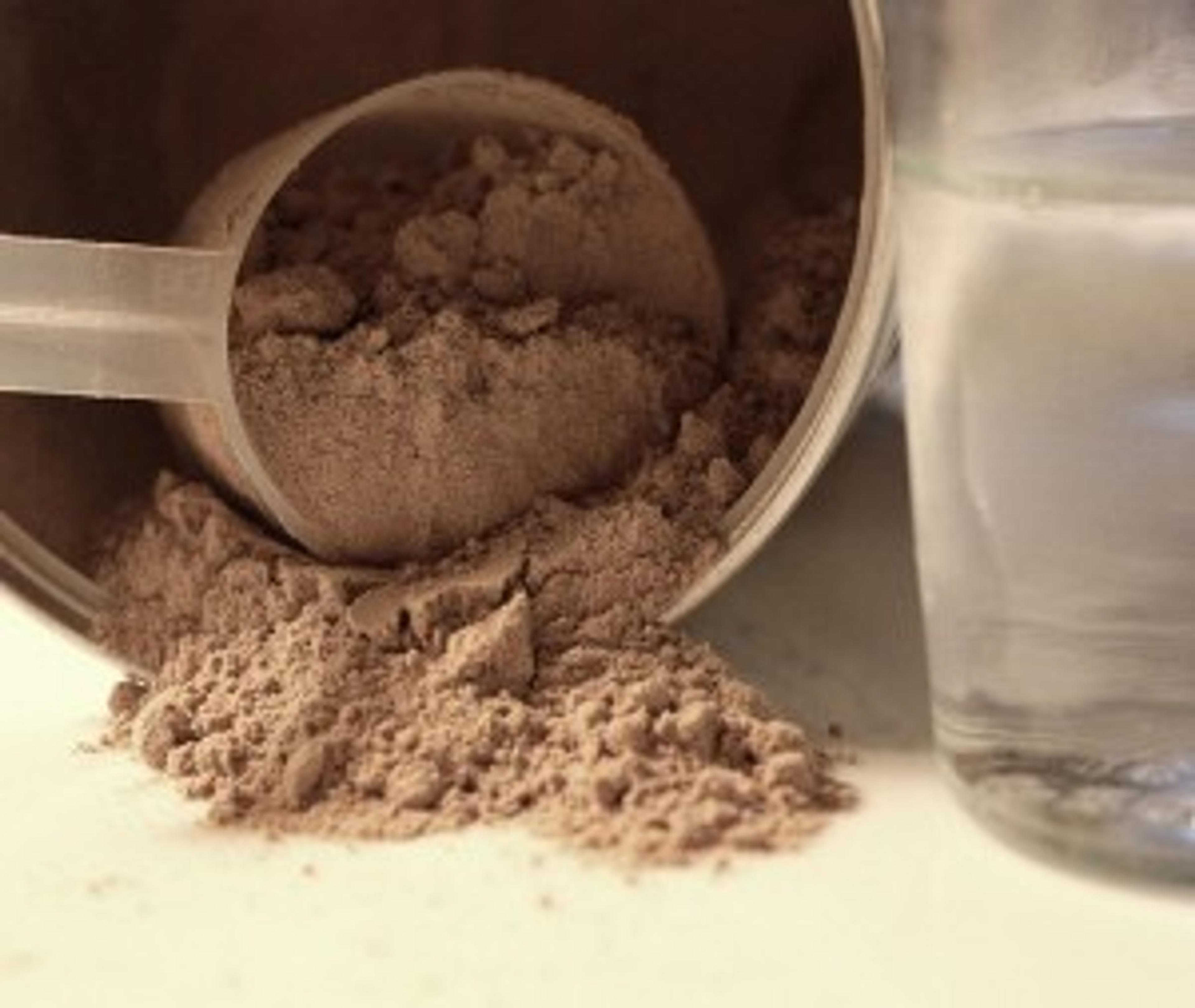What’s behind protein powder shakes?

Kristin Coppens
| 3 min read

Nutritional and protein supplements have become increasingly popular in the world of health fitness with many people hoping to become leaner and more muscular. Most popular, protein shakes are a simple addition to a workout and diet; however, are they just for body builders and competitive athletes?
The three most common forms of protein are whey, soy and casein. Whey is the most popular form as it is a water-soluble milk protein, making it easy to blend. Whey is also the most complete protein with the presence of all nine amino acids necessary for dietary needs. Protein powder can be easily mixed with milk or water or, my personal go-to, protein powder, frozen fruit and milk.
The general rule of thumb regarding protein powder shakes is that it depends on your body type, exercise level and energy. Everyone can obtain the needed amount of protein from a well-balanced diet of lean proteins, like meat, chicken, fish, and dairy products. Nevertheless, protein powder shakes can be useful in very specific circumstances as an easy and convenient source of complete, high-quality protein. It’s important to note your protein intake before adding protein powder shakes to your diet, as they typically consist of a large quantity of protein. Barbara Lewin, RD, LD, who works with NFL, NHL, and NBA athletes, notes that “some of these powders have 80 grams of protein per serving. You don’t need that. All your body is going to do is break it down for energy. And too much protein can be hard on your kidneys and your liver.” Therefore, using protein powder shakes depends on a few factors.
Protein powder shakes are a great meal-replacement or after-workout option. Most people find it difficult to eat a meal after a workout and protein powder shakes can be the next best option. In fact, the International Society of Sports Nutrition finds protein shakes to be a safe way to ensure enough protein when used as a part of a balanced, nutrient-rich diet. WebMD offers an easy “protein math” tool to understand and determine how much protein your body requires based on your activity and body weight.
Additional instances where protein powder shakes are a beneficial addition to your diet and workout routine are when you’re growing, when you’re starting an exercise program, when you’re amping up your workouts, when you’re recovering from an injury, or if you’re going vegan. For example, Slim Fast is a good option if you are trying to lose body fat, as you should have a protein drink that is at least 50% protein. If you’re in the middle range of activity level and mass, Muscle Milk is a good option because it has both high protein and high carbohydrates, instead of high fat.
What is your favorite way to enjoy a protein shake?
Photo credit: las – initially





